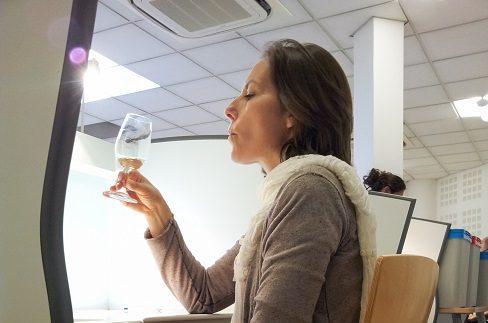Laboratory sensory analysis: a standard to frame the various methods

The new ISO 13299 voluntary international standard describes seven methods commonly used in laboratories to establish a sensory profile. A consensual text in which France made its voice heard.
No more methodologies that go off in all directions! Since last June, laboratories specializing in sensory analysis have had at their disposal a new voluntary international standard, ISO 13299, which describes in extenso the seven main methods used in this exercise. In industry, the list of products that can be the subject of a sensory profile is infinite: food, cosmetics, textiles, packaging, automobiles, sporting goods, etc. The exercise consists of having specialized consumer panels evaluate these products and samples using the five senses: sight, smell, taste, touch and hearing.
Consumer feedback
Sensory analysis is widely used in laboratories, with the aim of obtaining consumer feedback, and thus identifying levers for improvement. Several measures are possible for this purpose: hedonic measures (“I like” / “I don’t like”) or descriptive measures. ” The second category, that of descriptive measures, has the advantage of being free of hedonism and leaving plenty of room for objectivity. Several methods exist: consensus profile, flash profile, free choice… Although most of them are described in the literature, it was appropriate to bring them together in a single document that is unanimously referenced. “explains Irène Bacle, an expert at Pierre-Fabre Dermo-Cosmétique laboratories and project leader of the working group that led the project at the International Organization for Standardization (ISO).
A common working guide
The text provides an exhaustive description of the general methodology of the sensory profile, and annexes the seven different possible protocols and the related statistical analyses. All the world’s laboratories thus have a single working guide, providing consensus-approved guidelines. ” The ISO working group has taken on board most of the French contributions ,” says Amy Michel, AFNOR Normalisation project manager, who heads up the national commission on the subject, referenced V09A. Led by Irène Bacle and her successor Lucie Perrin, the French working group exchanged views with various countries involved, including Germany, the UK, the USA and Argentina.